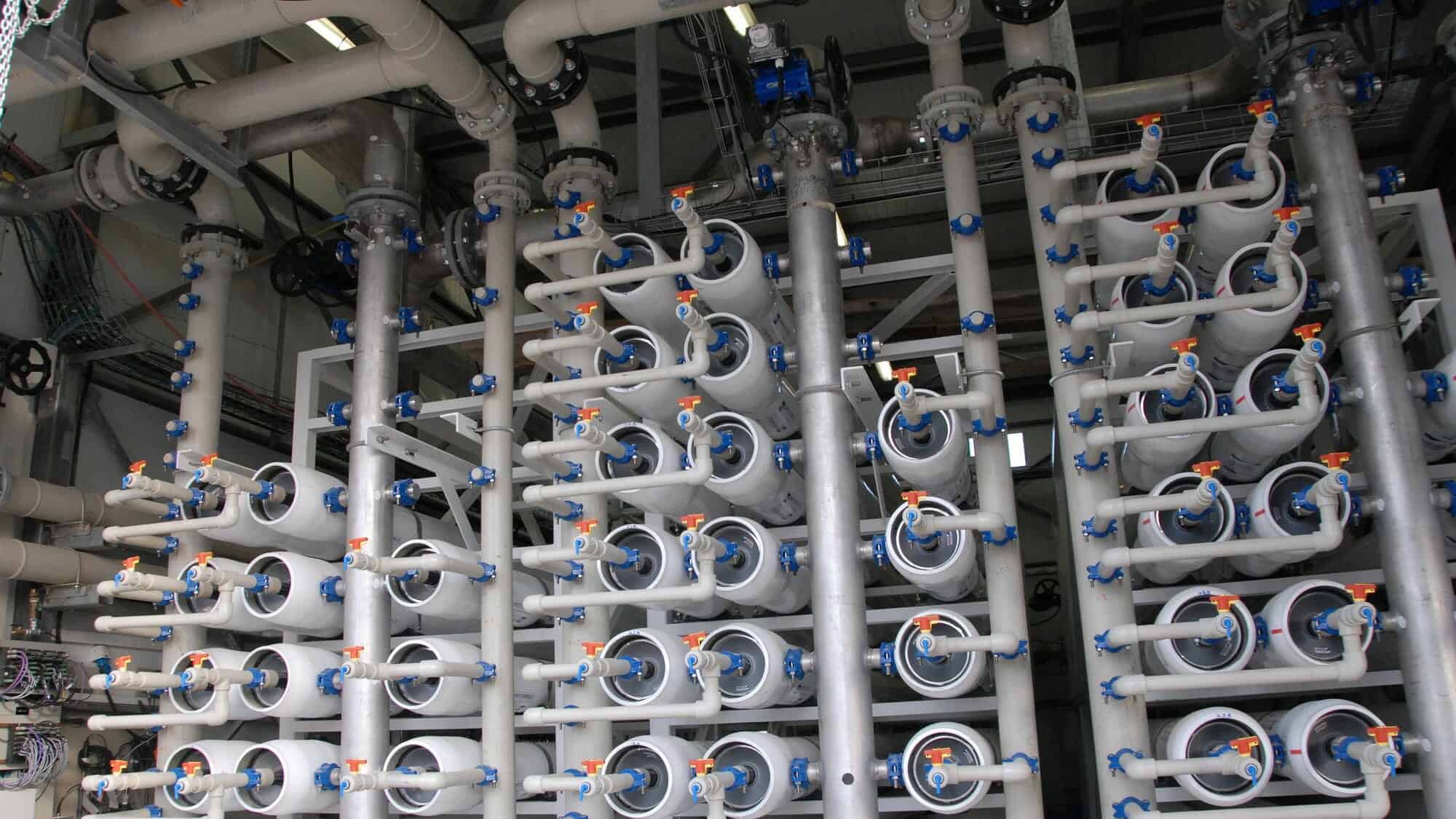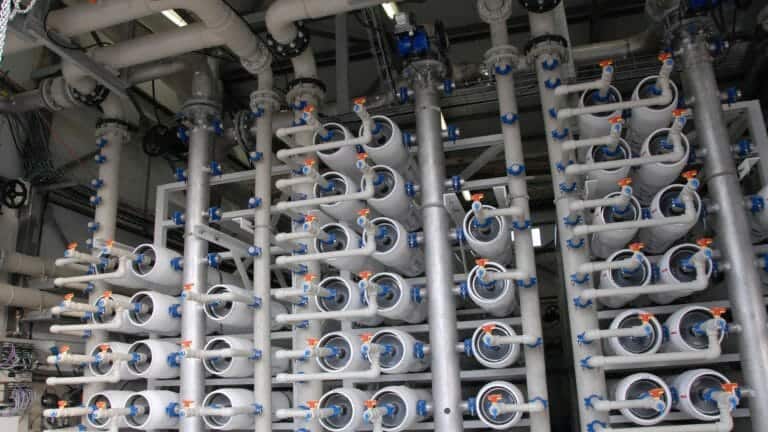The world’s desalination plants, which use energy intensive processes to remove salt from water, produce enough toxic brine each year to cover all of Florida under a foot of water.
Factories around the world are pumping out toxic brine at a rate much higher than previously estimated and dumping it back into the ocean, according to a report published on Monday.
This super-salty brine is toxic to marine life, and as many nations become more dependent on desalination to supply drinkable water to their citizens, the report argues that this form of water purification could be a serious environmental hazard.
According to the report, which is part of the United Nations University Institute for Water, Environment and Health ’s project on Unconventional Water Resources, the amount of toxic brine produced at desalination plants—which convert salt water into drinkable fresh water—is 50 percent higher than previously estimated. Roughly 16,000 desalination plants around the world produced about 141.5 million cubic meters of brine each day, the report says.
To put that in perspective, that’s equal to about two-thirds of the average daily water flow over Niagara falls and results in enough brine each year to submerge the state of Florida under a foot of the toxic waste.
Most of the world’s desalination plants are concentrated in the Middle East and northern Africa, where water resources are increasingly scarce. According to the […]
Full article: Desalination Produces 50 Percent More Toxic Brine Than Previously Thought
More about salt water and desalination:
Opinion: Desalination plant in Southern California is important to water security
66-year-old Alan Turing paper inspires new water-purification technique
Preparing for climate change: California’s huge investment in water storage
Pioneering solar-powered greenhouse to grow food without fresh water



